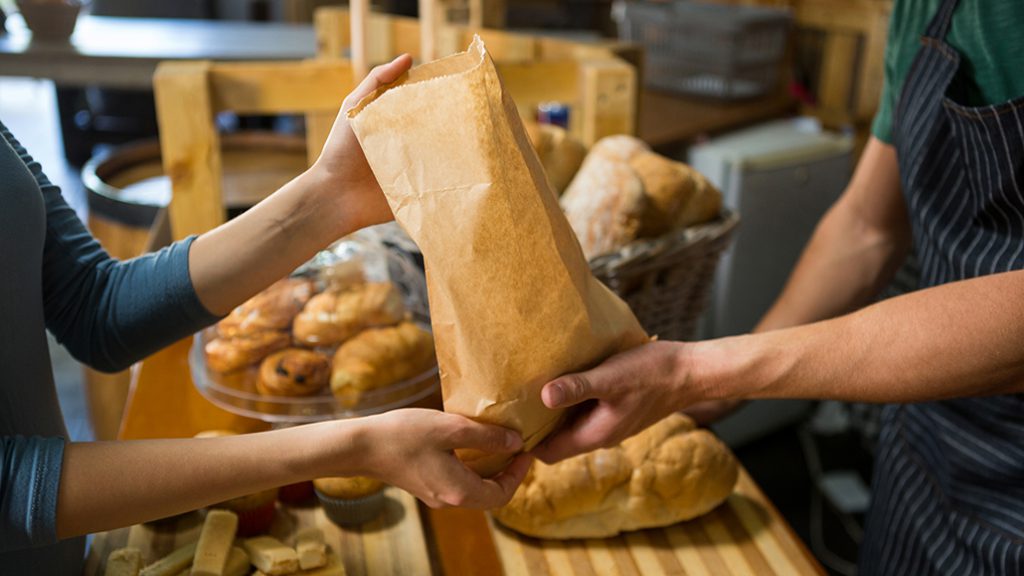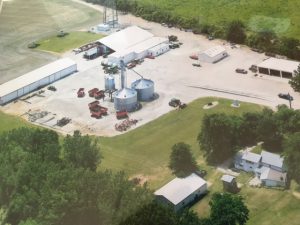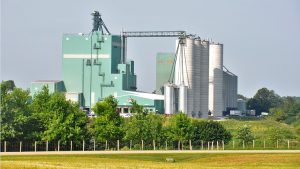Understanding precision agriculture
SUSTAINABLE FARMING CONTRIBUTIONS

SUSTAINABILITY IS BECOMING an important selling point, not only with a socially-conscious public, but with a growing number of end-users around the world. Take Unilever, for example, and their pledge to source 100 per cent of their soy oil sustainably by 2020.
According to Mike Buttenham, sustainability and environment coordinator with Grain Farmers of Ontario, this increasing focus on sustainable farming and sustainably-sourced grains will likely hit close to home at the farmer level in the next decade.
“End-users are looking for that ‘stamp’ or verification that the farmers’ practices are environmentally responsible and socially acceptable, as they’re trying to eliminate risk throughout their supply chain,” he explains. “Companies also see sustainability as a way of connecting their consumers to farmers, pulling back the curtain and showing that the farmer is being a good environmental steward.”
Buttenham believes that in time, precision agriculture practices and technology could help play a bigger role in giving end-users, as well as the wider public, a clearer understanding of how their food, feed, and fuel is being produced.
“Precision agriculture can help farmers tell a positive story about their on-farm efficiencies and how they’re taking a careful approach to applying nutrients exactly where needed,” he says. “So, can precision agriculture be a means to communicate what farmers are doing? I really think so.”
PROVIDING PROOF
End-users want concrete proof that a farmer’s practices are sustainable. The problem, according to Buttenham, is there is no universal way of measuring sustainability. Certain companies like to see quantitative data, like seeding rates or fertilizer rates used, while others prefer qualitative data, where a farmer would describe their nutrient management system.
Grain Farmers of Ontario has been part of developing the Canadian Field Print Initiative in collaboration with other industry groups, including Pulse Canada, the Canadian Canola Growers Association, Fertilizer Canada, Crop Life Canada, and the Manitoba Soybean and Pulse Growers.
The Canadian Field Print Initiative, Buttenham says, is working to develop tools to help farmers address questions about sustainable food and farming. One tool, called the Field Print Calculator, can be used by farmers to assess and compare their environmental performance against provincial and national averages by using their own field data. Farmers start by providing basic information, such as their yield, fertilizer rates, tillage practices and equipment used. From there, the calculator creates a detailed report on the estimated sustainability of a farmer’s crop in four key areas: land use efficiency, energy use, climate impact, and soil erosion risk.
Buttenham points out that the whole idea behind the calculator is to get farmers thinking about what areas — such as their nutrient management or tillage practices — that they can improve with an eye towards producing a crop that will hit all the sustainability targets that an end-user might set out.
“Ultimately, I think the people that are already using precision agriculture have a leg up on those that aren’t — they’re already in the frame of mind of analyzing their management strategies to see what’s working and what isn’t,” he says. “As sustainability becomes more and more of a factor, they’re going to be better equipped when it comes to adapting to the demands for transparency from their customers.”
FUTURE DEMANDS
Dr. Nicolas Tremblay, a crop management and nutrient researcher with Agriculture and Agri-Food Canada, believes that precision agriculture represents the potential future of sustainably managing crops.
“It’s a way to adapt an individual part of the field, or a square metre area. And when we do that, we achieve the best productivity by providing exactly what’s needed with no spoilage and maximum efficiency — that’s the overall concept,” he says.
Tremblay, who also serves as president of the International Society of Precision Agriculture, has focused his recent research efforts on nitrogen application in corn — namely finding the right balance between under-applying and over-applying. He says that nitrogen application has been a hot-button environmental issue that’s very much in the public eye.
“Around the world, we’re doing a very bad job with nitrogen application, and we don’t make the right decisions — the problem is we don’t know how much we need, and a lot of that is down to uncertainty, because we don’t know what the season will hold for us,” he explains.
This led to the development and commercialization of SCAN, or Soil, Crop, Atmosphere and Nitrogen, in Quebec this past season.
Where the Canadian Field Print Initiative calculator provides farmers with a sustainability benchmark of their current practices, SCAN gives growers a decision-making tool that takes several years of soil texture, rainfall, and yield data to make a recommendation on what rate of nitrogen will bring about the best profit per acre.
“What we’ve been finding is that when you maximize profits with nitrogen, you also reduce your impact on the environment — it’s not environment against profit, it’s environment and profit working together,” says Tremblay.
Data-driven decision-making tools, such as SCAN, are one example of where Tremblay sees precision agriculture helping farmers in the future to improve their practices in sustainably managing their crops.
Currently, farmers and researchers are just scratching the surface of what precision agriculture can contribute — and that’s due to a lack of overall knowledge.
He says that using precision agriculture for sustainable, transparent farming requires time and a large amount of good, comprehensive grower-supplied data under various conditions, and a better overall understanding of how all parts of a living, breathing, and ever-changing agricultural system influence crop performance.
“We still have a lot of work to do to maximize the benefit of precision agriculture — not because we’re limited in tools or technology, but because we’re limited in knowledge — and I believe that missing knowledge will eventually come from the farmers themselves,” says Tremblay.
This project was funded in part through Growing Forward 2 (GF2), a federal-provincial-territorial initiative. The Agricultural Adaptation Council assists in the delivery of GF2 in Ontario.
Precision Agriculture Advancement for Ontario: This article is part of a series dedicated to helping farmers understand and implement precision agriculture technology. It is based on research conducted by Nicole Rabe, Ian McDonald, and Ben Rosser at OMAFRA, in conjunction with Mike Duncan, Sarah Lepp, and Gregor MacLean at Niagara College.
For more on precision agriculture go to: www.gfo.ca/Research/Understanding-Precision-Ag. •
























